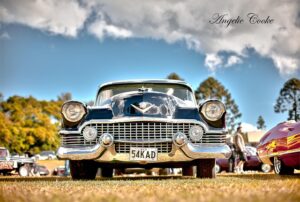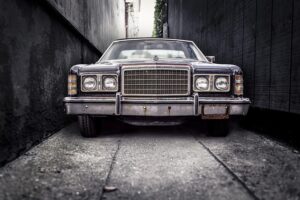Mastering Select Classic Car Restoration: A Comprehensive Guide
Classic car restoration is a meticulous art that blends modern techniques with historical precision. It involves extensive research, expert tools, and a structured process from inspection to rebuildin…….
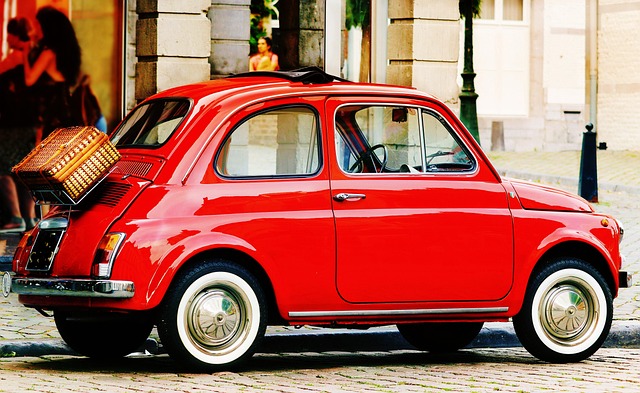
Classic car restoration is a meticulous art that blends modern techniques with historical precision. It involves extensive research, expert tools, and a structured process from inspection to rebuilding. Restorers navigate unique challenges like corrosion and parts acquisition, ensuring structural integrity and historical accuracy through period-appropriate materials and careful documentation. "Select Classic Car Restoration" emphasizes authentic parts, meticulous detail, and ethical practices, creating valuable historical artifacts while preserving craftsmanship and connections to the past.
“Uncover the art of car preservation with our comprehensive guide to classic restoration. From understanding the historical perspective of ‘Understanding Classic Car Restoration’ to navigating the intricate steps of the ‘Select Classic Car Restoration’ process, this article is your ultimate resource.
Explore essential tools, common challenges, part-matching techniques, and legalities in preserving vintage vehicles. Learn from experts as we break down the steps involved in this meticulous craft, offering a deep dive into ‘Select Classic Car Restoration.'”
- Understanding Classic Car Restoration: A Historical Perspective
- The Process of Select Classic Car Restoration: Step-by-Step Guide
- Essential Tools and Equipment for Professional Restorers
- Common Challenges in Restoring Vintage Vehicles
- The Art of Matching and Replacing Parts
- Preserving the Authenticity of Historic Cars: Legal and Ethical Considerations
Understanding Classic Car Restoration: A Historical Perspective
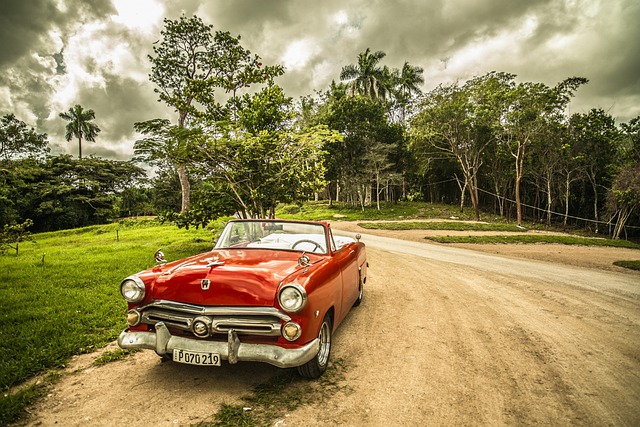
Classic car restoration is an art that combines historical precision with modern techniques. Understanding this process involves a journey through time, as restorers aim to bring vintage vehicles back to their former glory while preserving their unique historical value. The select process begins with meticulous research, studying original specifications and design details to ensure accuracy in every aspect of the restoration, from engine mechanics to intricate interior designs.
This isn’t just about restoring classic cars safely; it’s a quest to preserve a piece of automotive history. Restoring classic cars at home is a feasible endeavor for enthusiasts, but it requires an extensive knowledge base and access to authentic car restoration supplies for classics. From sourcing rare parts to mastering techniques like body panel alignment and paint restoration, each step demands dedication and expertise.
The Process of Select Classic Car Restoration: Step-by-Step Guide
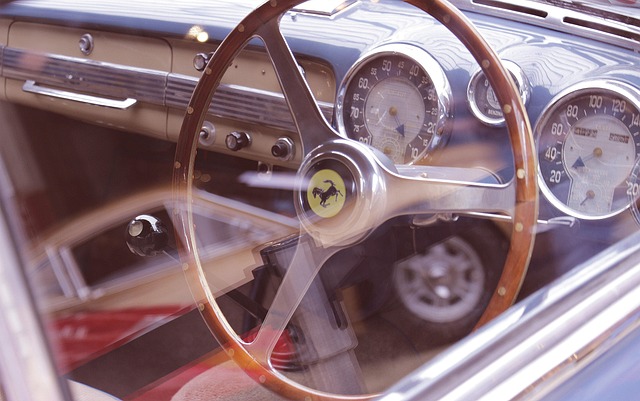
The journey to restoring a classic car is an art form that requires meticulous attention to detail. When selecting a classic car for restoration, owners should follow a structured process to ensure the best outcome. It begins with a thorough inspection, assessing the car’s overall condition and identifying any structural damage or necessary repairs, including vintage car frame straightening. This initial step is crucial in determining the scope of work ahead.
Next, sourcing authentic parts is essential for maintaining the car’s historical integrity. Car restoration supplies for classics play a vital role here, as restorers near me can provide period-correct components to match the exact specifications of the make and model. With the right parts in hand, the restoration process can begin, meticulously rebuilding each component to its former glory while keeping the car’s unique character intact.
Essential Tools and Equipment for Professional Restorers
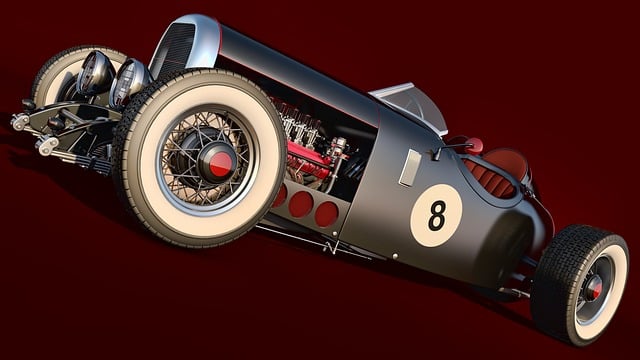
Professional car restorers rely on a well-stocked arsenal of tools and equipment to bring vintage vehicles back to their former glory. For those specialising in select classic car restoration, the right tools make all the difference. Basic essentials include a comprehensive set of sockets, wrenches, and screwdrivers, both metric and imperial, for tackling various fastening tasks.
A quality air compressor is another must-have, as it facilitates sandblasting and degreasing processes. Moreover, restorers often invest in specialized equipment like transmission jacks for safe lifting and precision tools tailored to intricate assembly work, such as rebuilding a classic transmission. Access to classic car restoration tips and expert advice on expert tips on classic car valuation further ensures the accuracy and authenticity of each restoration project.
Common Challenges in Restoring Vintage Vehicles
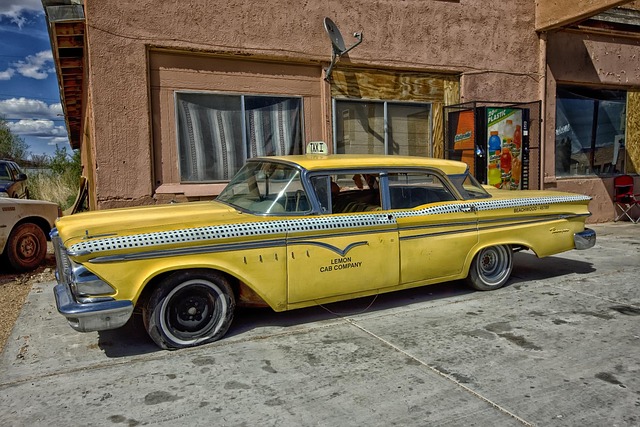
Restoring vintage vehicles presents a unique set of challenges that require specialized knowledge and meticulous attention to detail. One of the primary hurdles is addressing corrosion, a common issue in older cars, which often necessitates intricate and precise techniques to remove rust without causing further damage. The delicate balance between preserving authenticity and enhancing performance adds another layer of complexity, especially for beginners who might be unfamiliar with the intricacies of classic car wheel restoration.
Another significant challenge lies in acquiring or manufacturing replacement parts, as many classics are no longer in production. Restoring classic cars safely demands a thorough understanding of period-appropriate materials and methods to ensure structural integrity while maintaining the car’s historical accuracy. For those new to this field, resources like online forums and communities dedicated to restoring classic cars can offer invaluable guidance, fostering a culture of knowledge-sharing that aids both hobbyists and professionals alike in navigating these complex tasks.
The Art of Matching and Replacing Parts
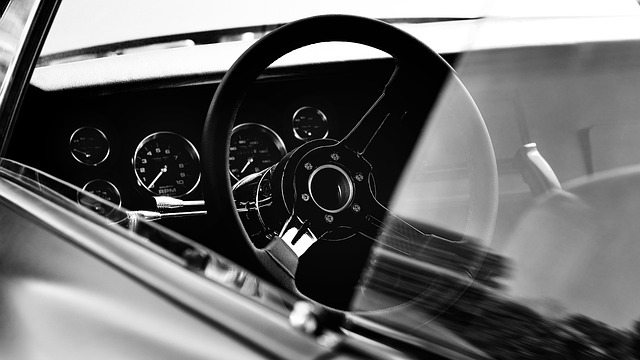
The art of matching and replacing parts is a delicate process that requires expertise in car preservation. When restoring a classic car, finding the correct components to ensure historical accuracy and optimal functionality can be challenging. Restorers must consider not just the visual similarity but also the material composition, manufacturing techniques, and even age-related degradation. This meticulous approach ensures that each part seamlessly integrates into the restoration project, maintaining the car’s original essence.
Selecting classic car restoration parts involves a deep understanding of automotive history and best practices. Authenticating components is crucial to preserving the car’s integrity. Restorers often consult original manufacturer specifications, vintage magazines, and online databases to verify the authenticity of each part. By adhering to these best practices for restoring old cars, restorers can ensure that the final product not only looks authentic but also functions as it should, making the restored vehicle a testament to historical automotive craftsmanship.
Preserving the Authenticity of Historic Cars: Legal and Ethical Considerations
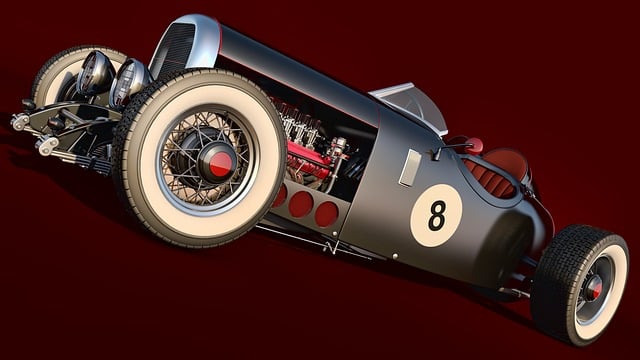
Preserving the authenticity of historic cars involves navigating legal and ethical considerations that are crucial for any select classic car restoration project. Restorers must ensure that every part used in the process is period-appropriate, accurately reflecting the vehicle’s original state. This includes not just the exterior and mechanical components but also interior details and finishes. Using genuine vintage parts or carefully curated replicas is essential to maintaining historical integrity.
Ethical practices extend beyond materials selection. Restorers should document their work meticulously, recording every step taken to preserve the car’s history accurately. This documentation becomes a testament to the restoration process, ensuring that future owners and enthusiasts can appreciate the care and expertise invested in restoring classic cars on a budget, even within confined spaces like a garage. Remember, authenticity is key in the world of car preservation, fostering a lasting connection with the vehicle’s past.
In conclusion, mastering the art of select classic car restoration requires a blend of historical understanding, meticulous attention to detail, and access to authentic parts. As explored in this article, from the preservation of authenticity to navigating legal and ethical considerations, each step demands expertise and passion. By following the comprehensive guide outlined, restorers can ensure that vintage vehicles are restored with integrity, preserving their unique history and charm for future generations.
